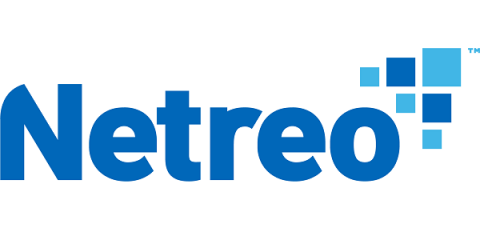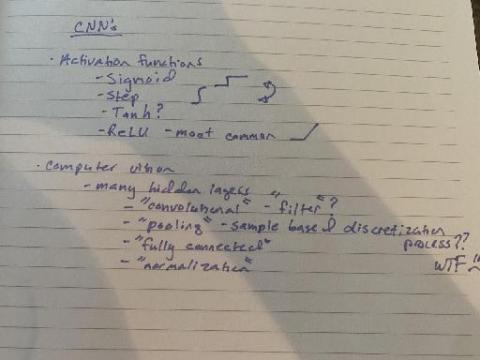Open source holds the key to autonomous vehicles
A growing number of car companies have made their autonomous vehicle (AV) datasets public in recent years. Daimler fueled the trend by making its Cityscapes dataset freely available in 2016. Baidu and Aptiv respectively shared the ApolloScapes and nuScenes datasets in 2018. Lyft, Waymo and Argo followed suit in 2019. And more recently, automotive juggernauts Ford and Audi released datasets from their AV research programs to the public.







